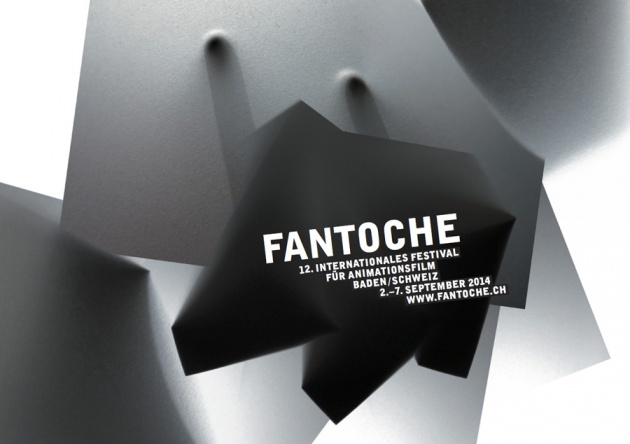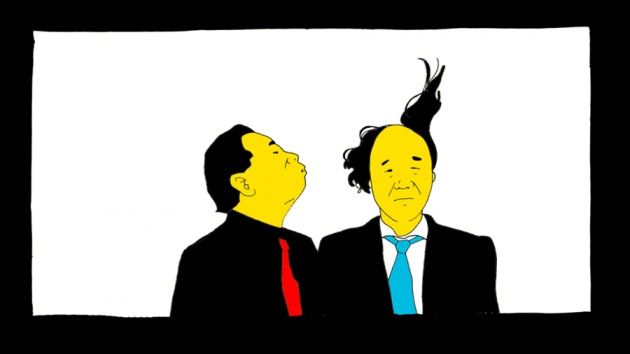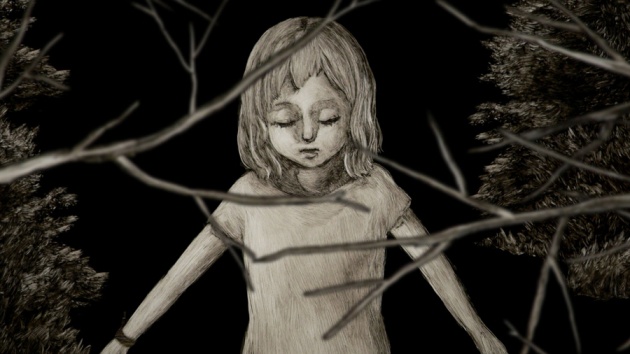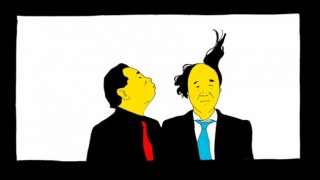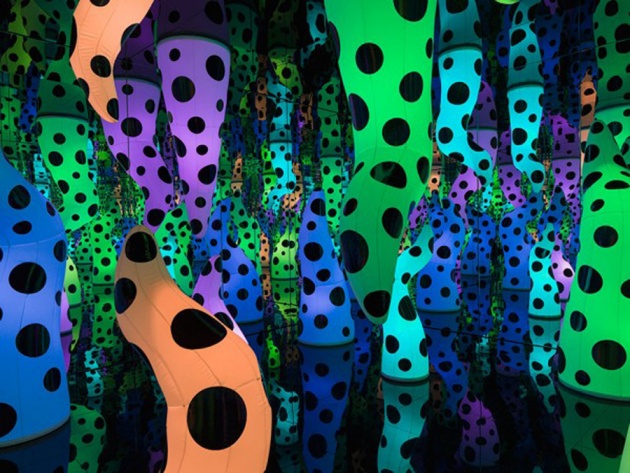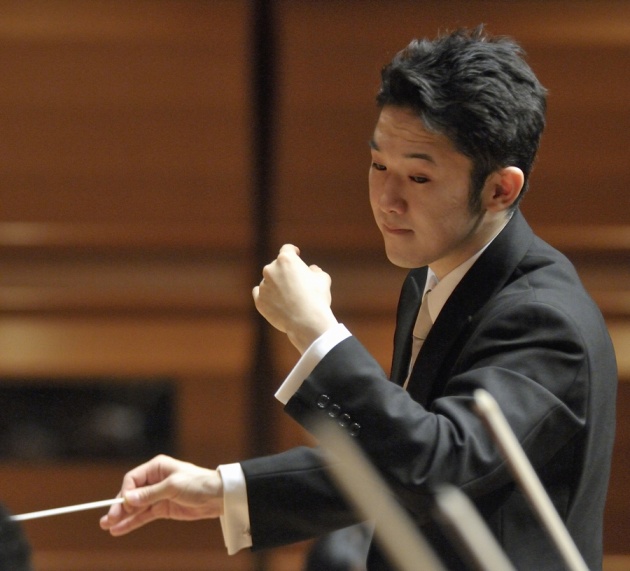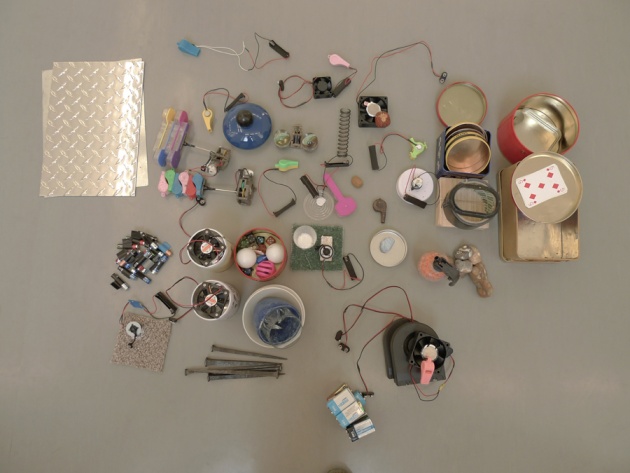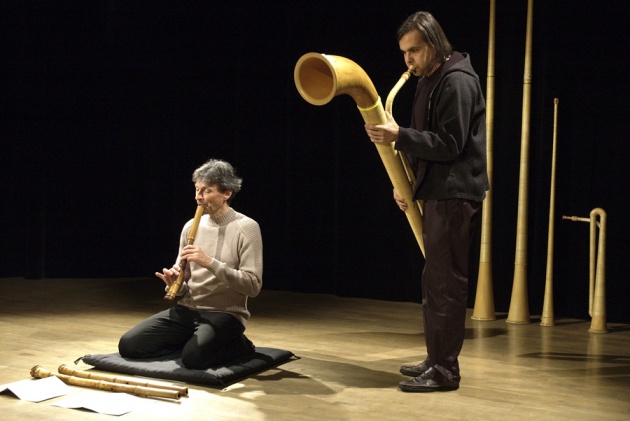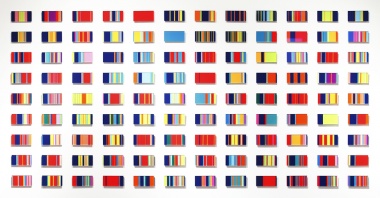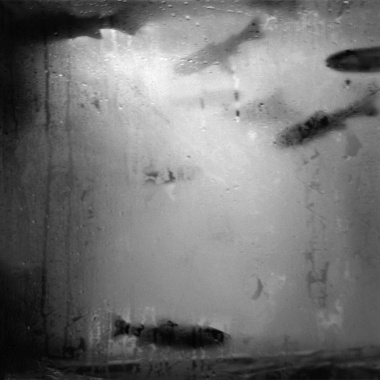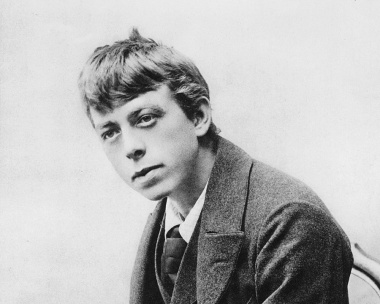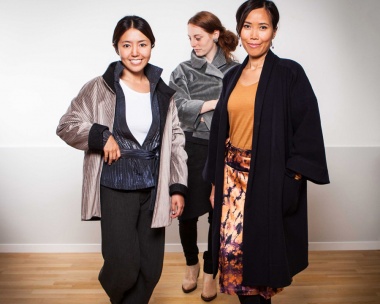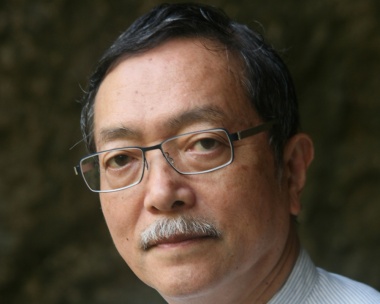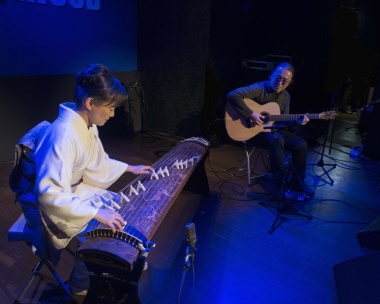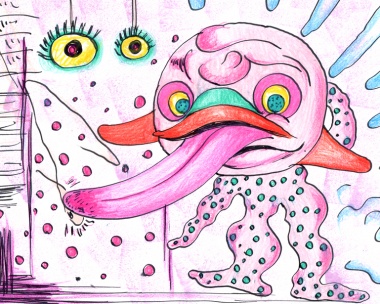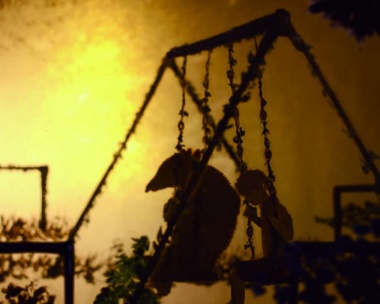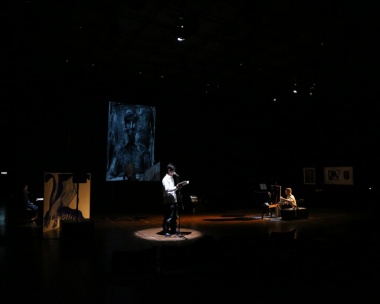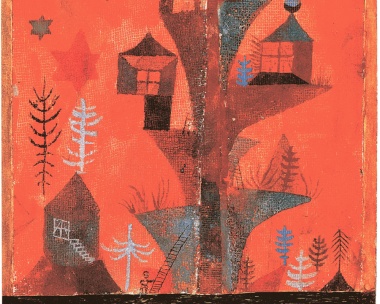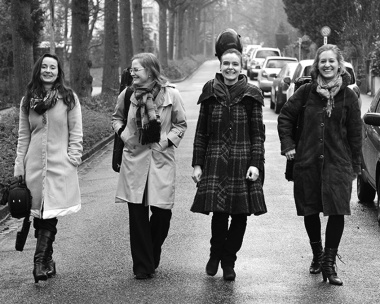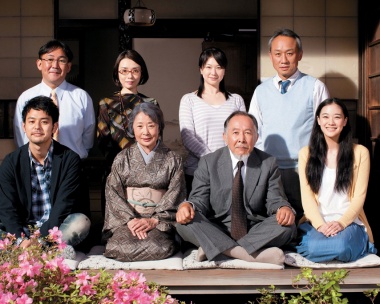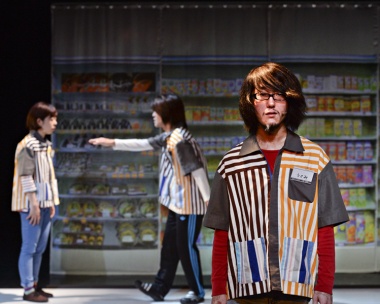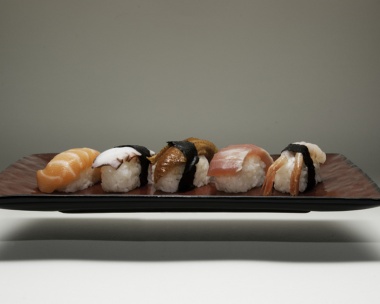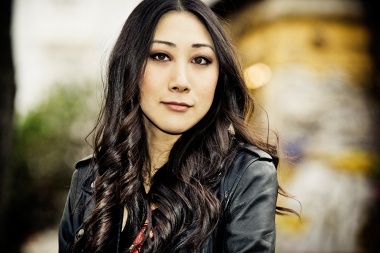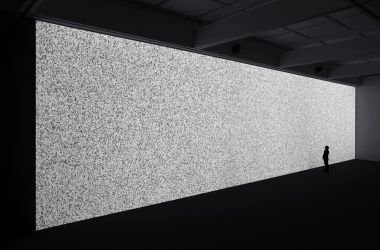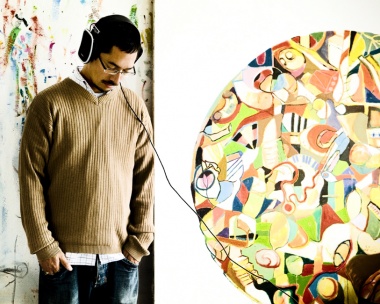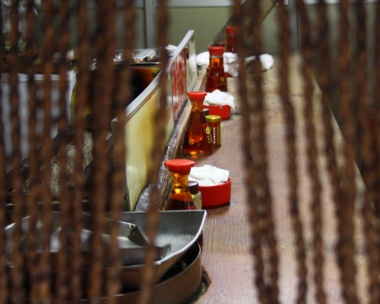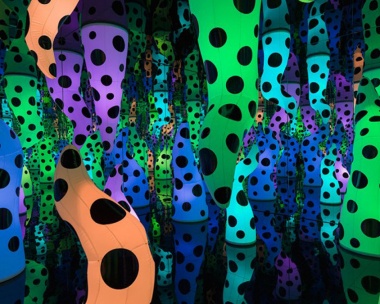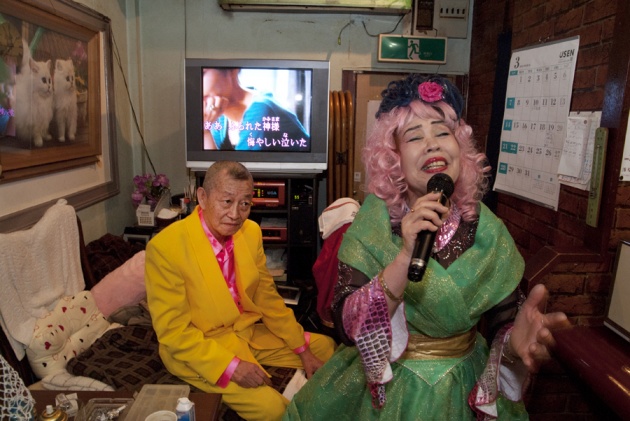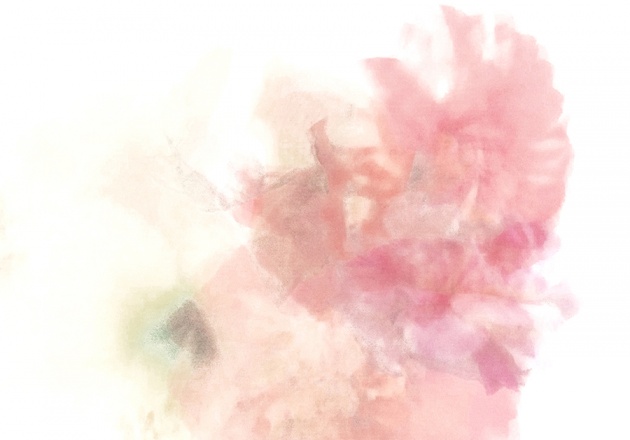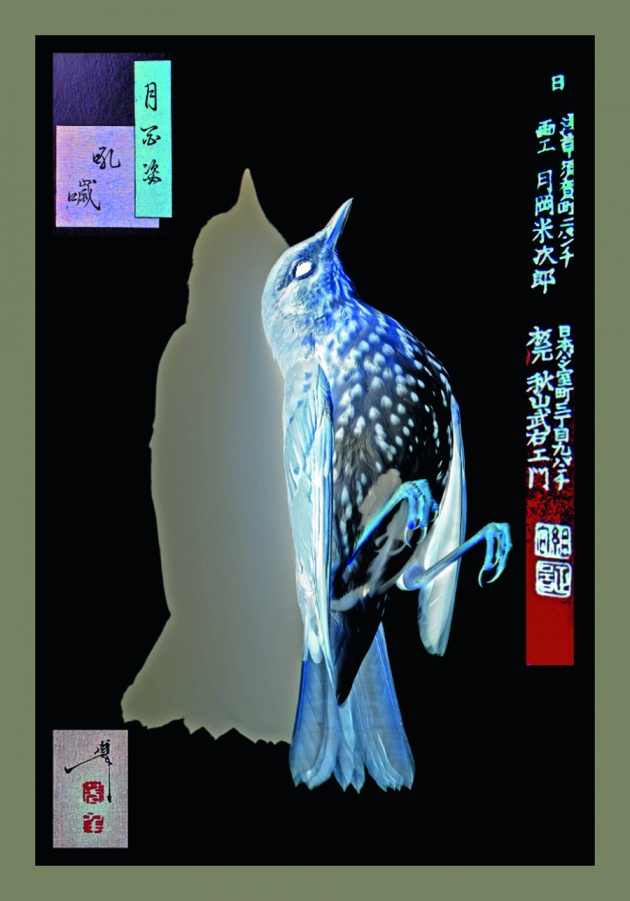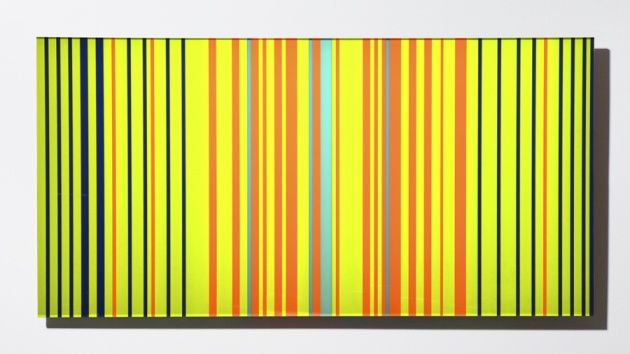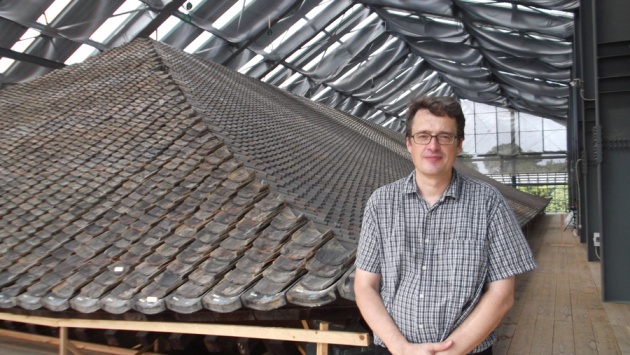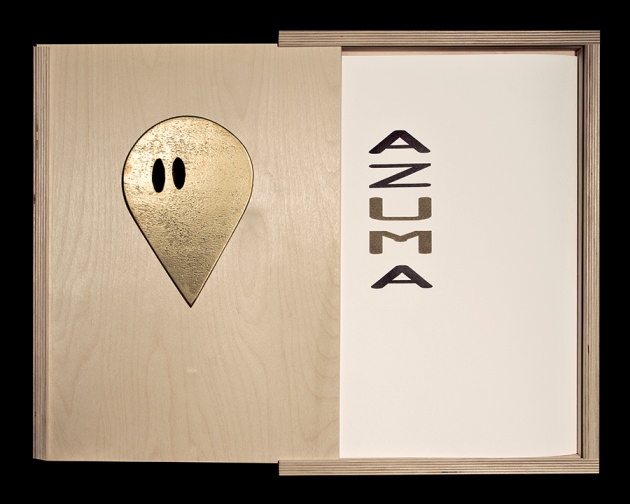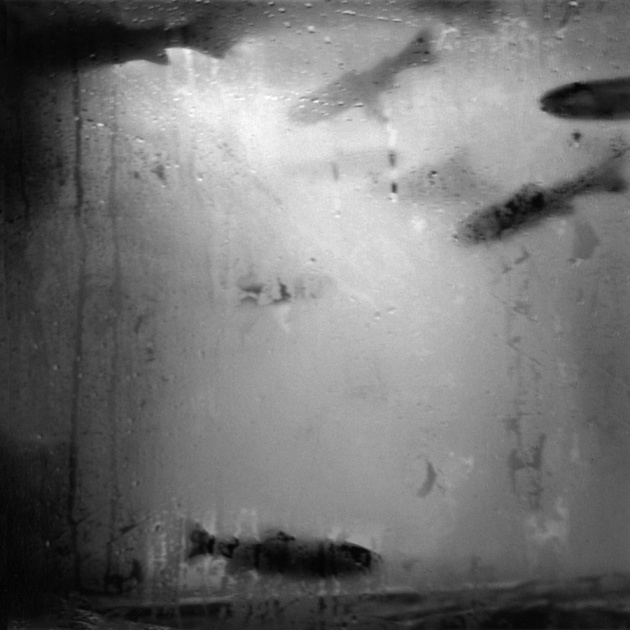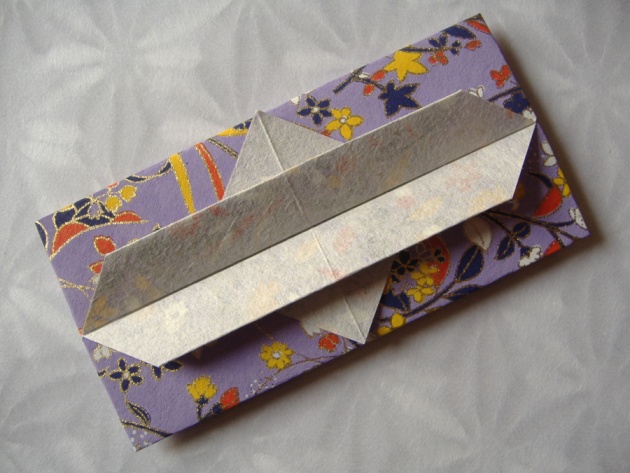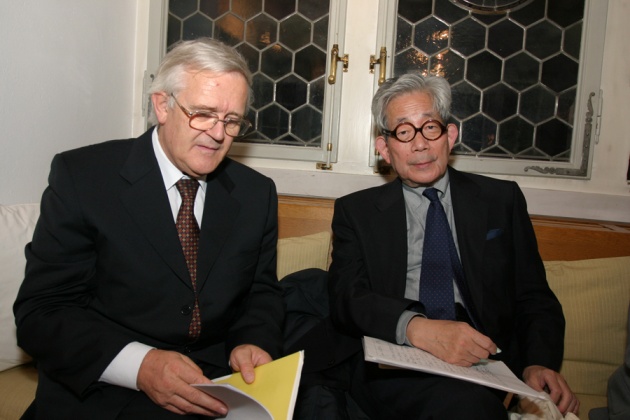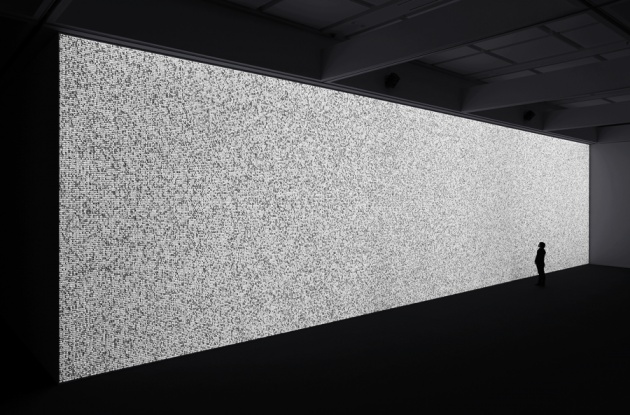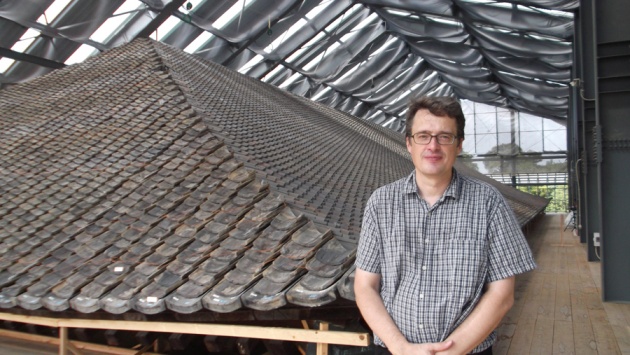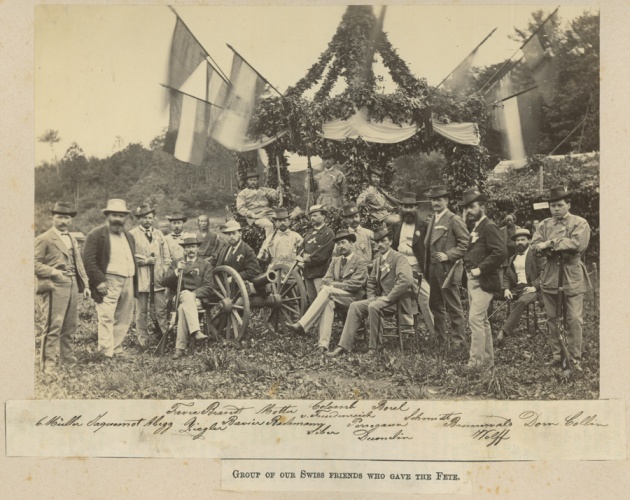FANTOCHE ON TOUR: ‹WHAT’S GOING ON, JAPAN?›
‹Josi› or ‹onnanoko›, ‹girls› in Japanese, have been common elements of Japanese animation since its very beginning. These characters with their innocent faces and oversized round eyes have deeply shaped the perception of anime and manga in the West. Recently though, ‹girls› have become increasingly active in filmmaking themselves. More and more young female filmmakers are emerging in this sector with their version of girls which contrast greatly with the traditional ‹joshi›. The female characters drawn by men were usually characterised by a Lolitaesque mix of naivety and eroticism. They were rather passive objects of desire than active protagonists. The current female makers of anime, whose productions will be predominantly on show, base their female characters on their own self-image, but also integrate traditional components of the ‹joshi›. It is, however, left to the audience to decide whether this integration is meant ironically or as a reference.
To mark the 150th anniversary of diplomatic relations between Japan and Switzerland, Fantoche, the renowned animation film festival, has compiled a selection of films on Japan which will be screened in various Swiss cities during the CULTURESCAPES festival. Curator Nobuaki Doi is a leading expert for Japanese animation films. The programme blocks with short films provide Doi with the opportunity to draw attention to current social and political developments in Japan. Japan’s transformation has also left its mark on animation films.
Original versions are screened; Japanese dialogue and voice-over have English subtitles.
‹Girls on the Run› (68')
1 ‹Transfer›, Fantasista Utamaro, Kazuma Ikeda,
2012, 6'
2 ‹Agitated Screams of Maggots›, Keita Kurosaka,
2006, 4'
3 ‹Chisato Stared›, Wataru Uekusa, 2009, 5'
4 ‹Breathless›, Tomoko Oshima, 2012, 2'
5 ‹balloon›, Tomoko Oshima, 2012, 4'
6 ‹Madly in Love›, Ikue Sugitomo, 2013, 4'
7 ‹I See You You See Me›, H. Kawahara,
M. Nukumizu, 2013, 5'
8 ‹Ya-Ne-Sen a Go Go›, Shishi Yamazaki, 2012, 2'
9 ‹Yamasuki Yamazaki›, Shishi Yamazaki, 2013, 2'
10 ‹KETSUJIRU JUKE›, Sawako Kabuki, 2013, 3'
11 ‹Wild Wild Ham›, Eri Kawaguchi, 2013, 5'
12 ‹Usawaltz›, Asami Ike, 2011, 2'
13 ‹Monotonous Purgatory›, Saori Shiroki, 2012, 6'
14 ‹FUTON›, Yoriko Mizushiri, 2012, 6'
15 ‹KiyaKiya›, Akino Kondoh, 2012, 7'
16 ‹Airy Me›, Yoko Kuno, 2013, 5'
17 ‹Usalullaby›, Asami Ike, 2013, 5'


